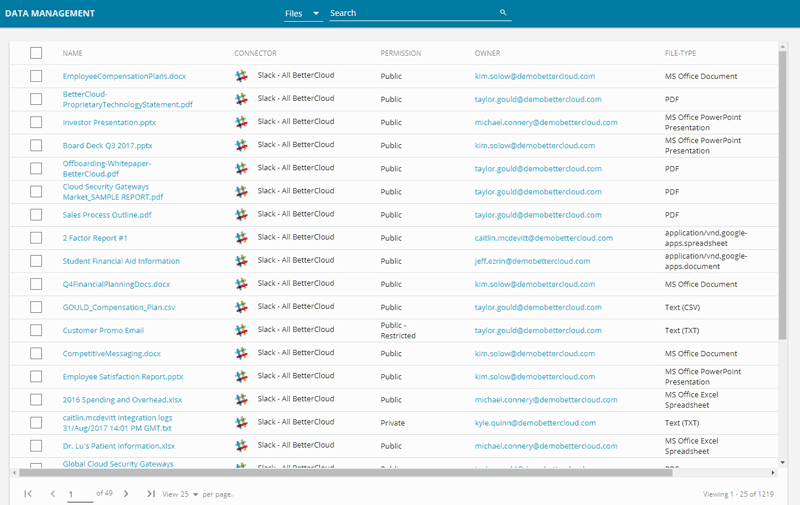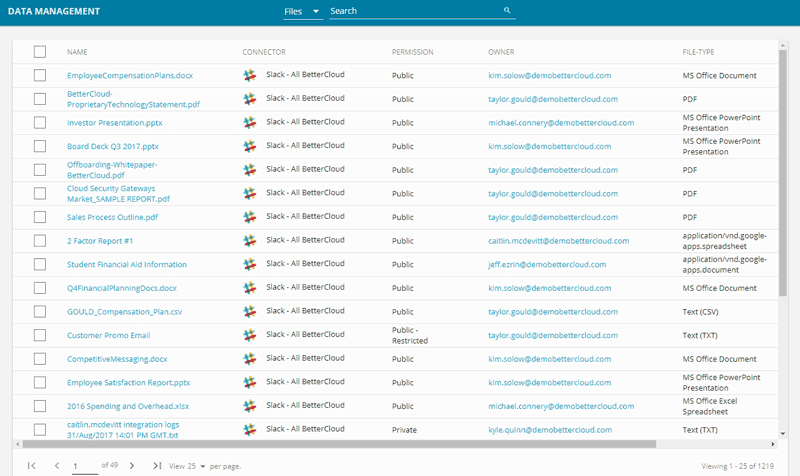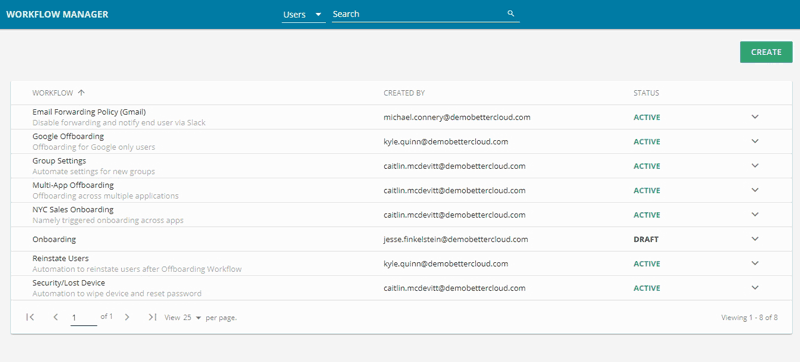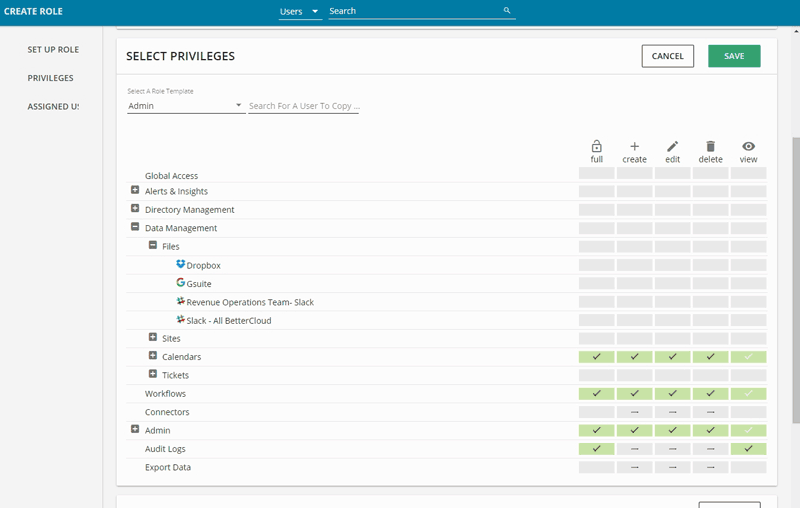Groundhog Day: The Unique Pain Inflicted by Multiple Instances of the Same SaaS Application (And How to Fix It)
September 20, 2017
5 minute read


“I’m reliving the same day over and over.”
If you manage more than one instance of a SaaS application, you might feel a little like Bill Murray’s character in Groundhog Day.
Many companies have separate accounts of Slack, Zendesk, Dropbox, and/or Salesforce per department, business unit, or office location. After all, there are multiple instances when you might maintain, well, multiple instances of the same SaaS application:
- It may have originally been borne out of shadow IT, where users in different departments installed the app on their own without IT’s knowledge or approval.
- In businesses that have undergone a merger or acquisition, both companies may already have their own instance of the same application up and running.
- Large global enterprises may sell multiple products and prefer to keep separate instances for different lines of business, divisions, locations, etc.
- Companies that work with a high number of external users may opt to have one instance for contractors and another for full-time employees.
But what does managing multiple instances of the same SaaS application mean for IT? On the surface, it translates to hours of highly repetitive, manual work. IT is literally doing the same menial tasks, in the same admin console, in the same application day after day.
Mo Instances, Mo Problems
For IT, managing one instance of a SaaS application is already challenging in its own right: there’s the enormous data sprawl, alert fatigue, permissioning shortfalls, and limited automation options, just to name a few.
Multi-instance environments only exacerbate those challenges.
Why? Apart from the stultifying effects of endless monotony, IT teams must manage substantially more data—files, automations, policies, permissions—but cannot keep it consistent across instances. They cannot view data holistically, nor can they see consolidated insights anywhere. Data is siloed within each instance. Additionally, IT cannot take any action (like revoking public files) across all its instances at once. These actions would have to be done manually, instance by instance, which is tedious work.
Even if the IT department is not formally responsible for administering all the instances of a SaaS application in an organization, it is usually still on the hook for it if things go awry. As a result, IT needs a way to manage and secure its multi-instance environment effectively.
The Solution: Centralize All Your Instances, See Everything in One Place
With BetterCloud’s multi-instance management solutions, IT can connect multiple instances of SaaS applications like Slack, Salesforce, Dropbox, and Zendesk. BetterCloud centralizes users, groups, files, etc. across multiple instances of a SaaS application and allows IT to see them all in one place. Never before has IT been able to visualize all of this data (and take action on it) in a single interface.
Here are five new ways you can manage multiple instances of your SaaS applications:
1. View data holistically. See files across your entire company in one place, and filter them by instance.
Example: The IT team wants to drill down into all the files in their organization’s two Slack instances and see file types, permissions, owners, etc.

With just a few clicks, IT departments can filter this information in BetterCloud and instantly view an org-wide catalog of documents in their Slack, Dropbox, Salesforce environment(s) and others.
2. Find and revoke/unshare publicly shared files across multiple instances of a SaaS application.
Example: IT wants to find all publicly shared files across all instances of Slack and revoke the public sharing links.

With BetterCloud, you can find public, internal, and external files across all instances of an application (or just a specific instance if you so choose). If any sensitive files like financial documents, competitive messaging, or compensation plans are publicly shared, you can instantly identify them. And with one click, you can unshare those public documents all at once.
3. Duplicate automations across instances.
Example: Giant Company has recently acquired Tiny Company. Giant Company has an automated workflow around group settings, and they’d like to apply the same policy to Tiny Company’s instance.

With BetterCloud, you can keep automations consistent across instances. By cloning workflows, you can avoid recreating the same multi-step workflow from scratch.
4. Create consistent privileges across multiple instances of a SaaS application.
“In order to make Salesforce multi-instance work for you and your company, you need to have total control over cross-organization permissioning, and clearly defined access roles for different people,” according to a guest post on the Salesforce blog.
The same is true for Slack, Dropbox, and any other SaaS app. In order for IT to implement a least privilege model in a multi-instance SaaS environment, they must have control over access roles across instances.
With BetterCloud, IT can assign the same granular CRUD permission set across multiple instances of the same SaaS application.

Example: IT wants to keep access roles consistent across multiple instances of Slack and assign the same permissions: create/edit/delete/view permissions for files only.

In BetterCloud, you can assign granular access rights around files, users, groups, org units, and more for each instance of a SaaS application you choose.
5. See what actions your IT admins are taking. Search and export audit logs across multiple instances of a SaaS application.
Example: IT wants to export audit logs for actions taken in the “Revenue Operations Team” and “All BetterCloud” instances of Slack.

With BetterCloud, you can filter audit logs by application instance and easily export them in bulk.






